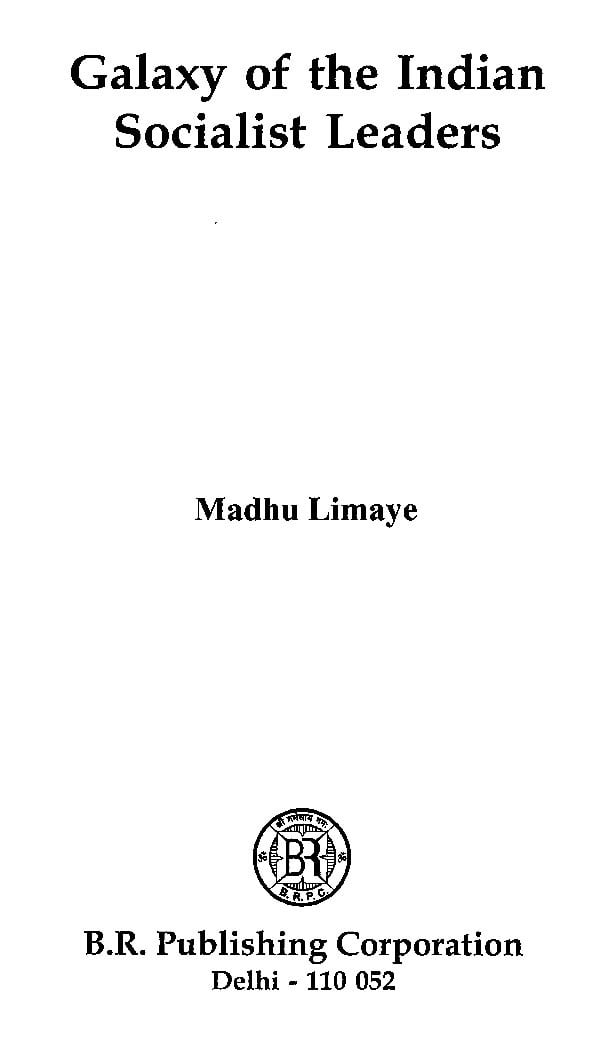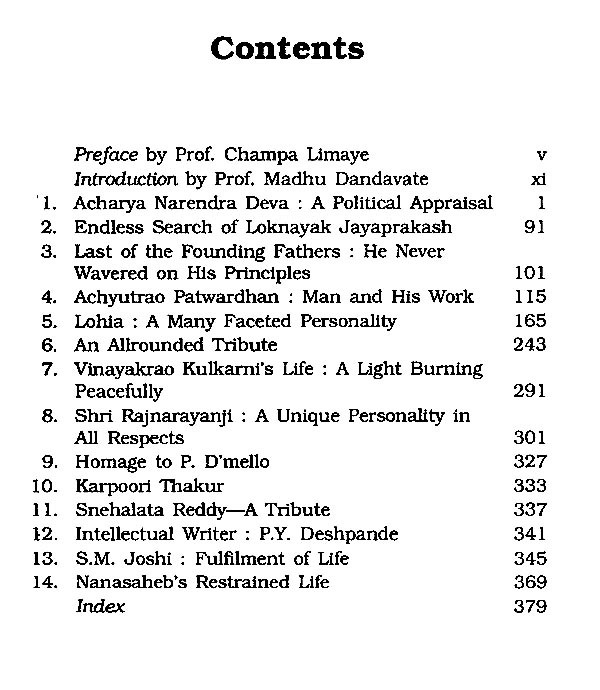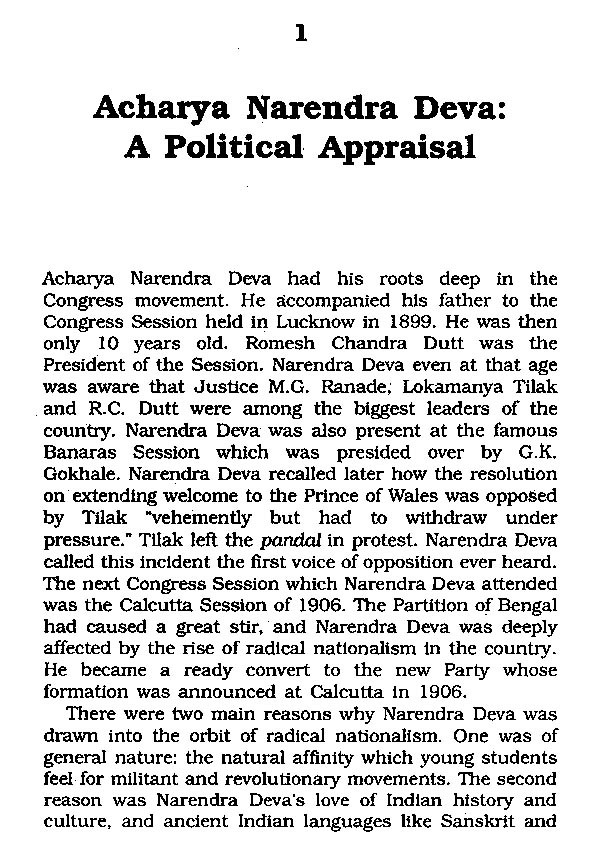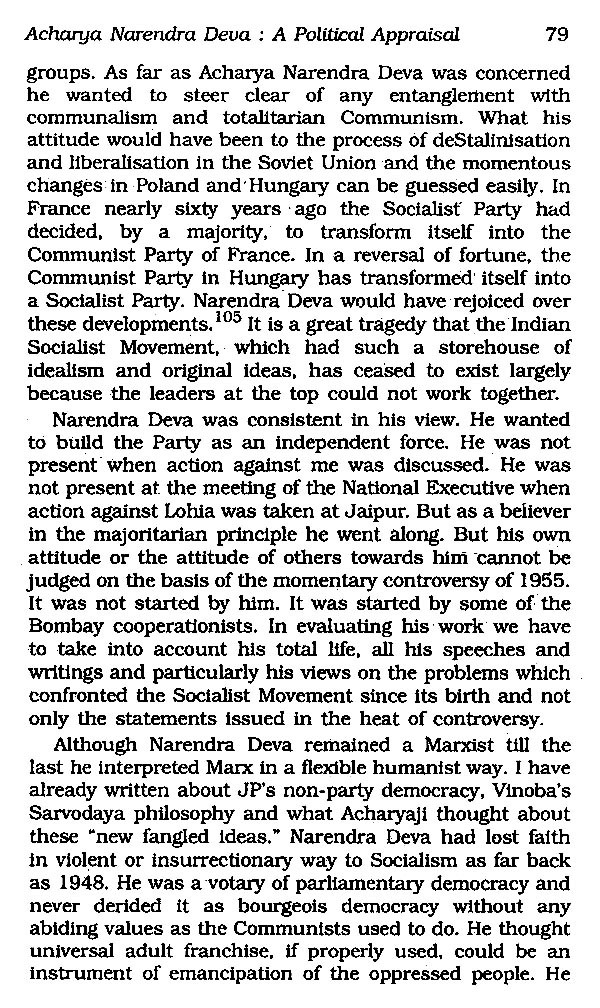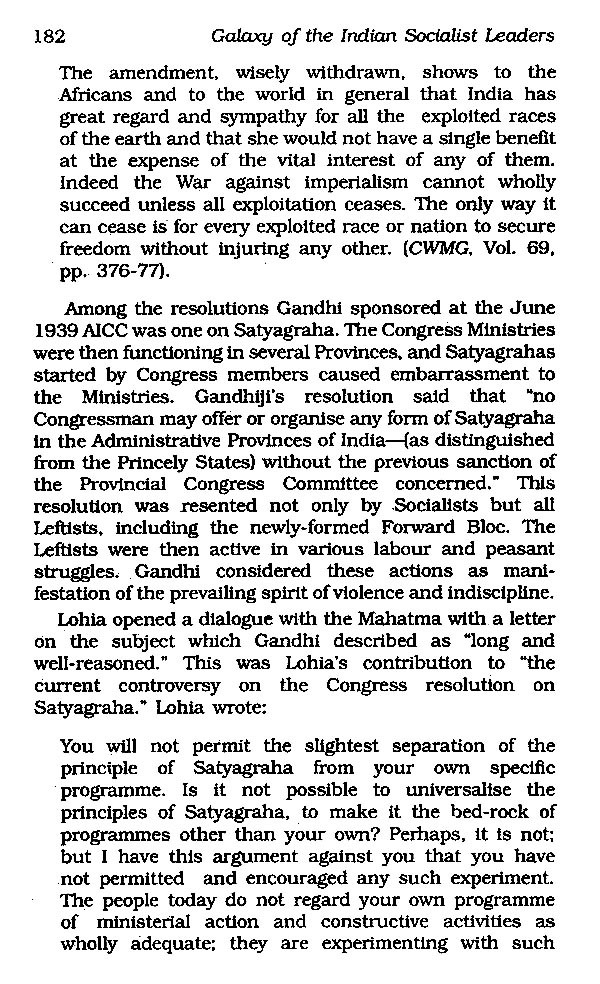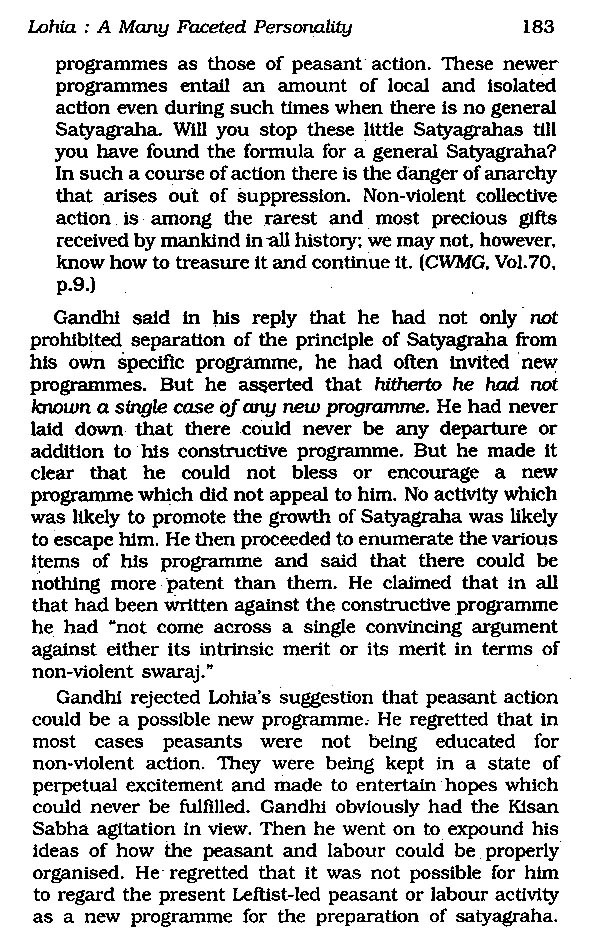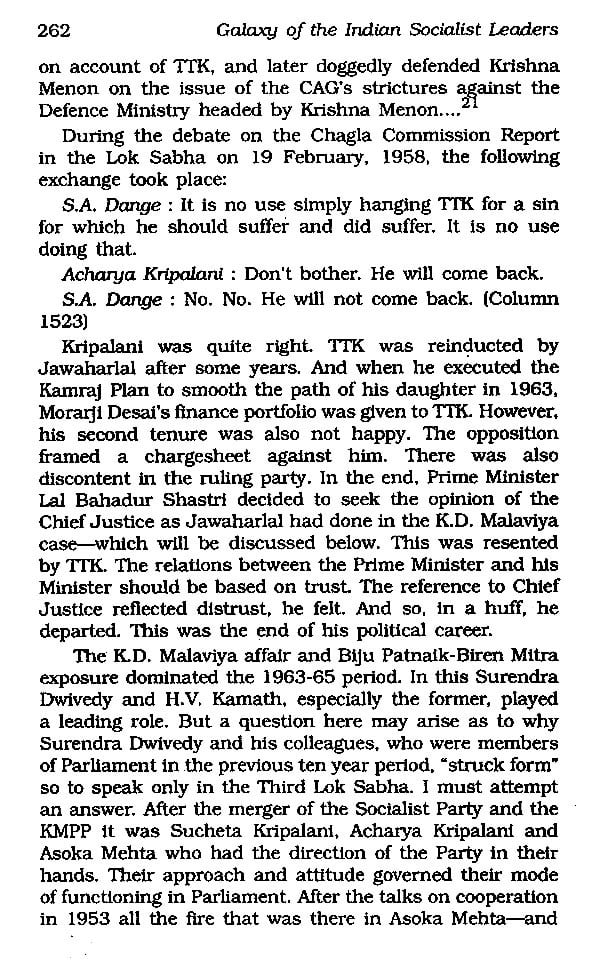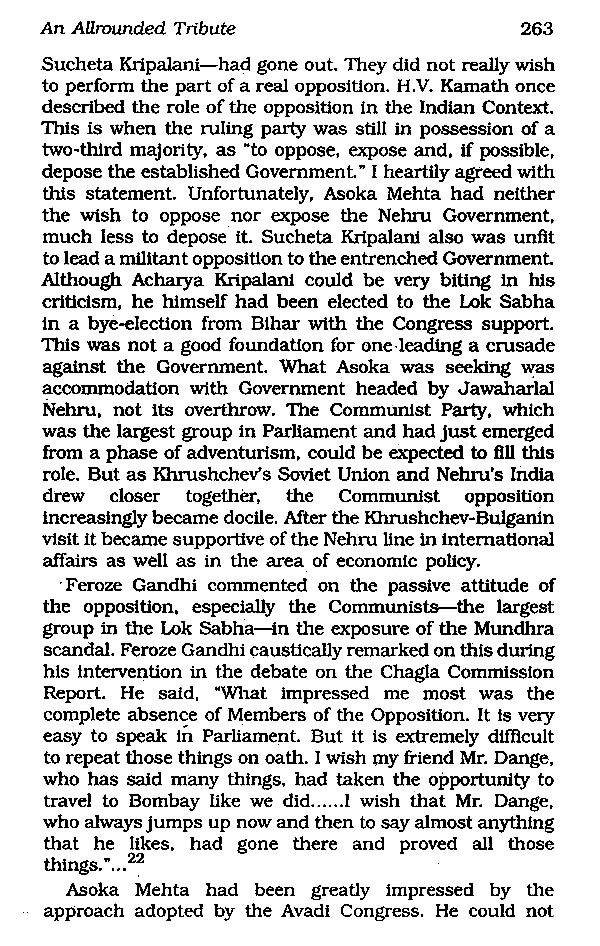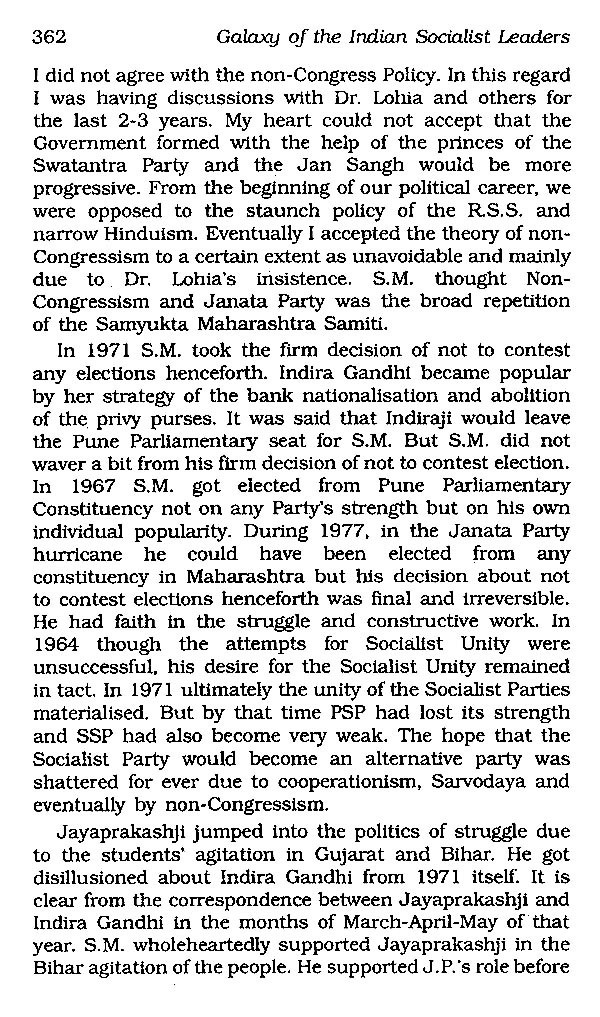
Galaxy of The Indian Socialist Leaders
Book Specification
| Item Code: | AZE474 |
| Author: | Madhu Limaye |
| Publisher: | B.R. PUBLISHING CORPORATION |
| Language: | ENGLISH |
| Edition: | 2022 |
| ISBN: | 9788176461108 |
| Pages: | 420 |
| Cover: | HARDCOVER |
| Other Details | 9.00x6.00 |
| Weight | 630 gm |
Book Description
The Socialist Movement did not germinate in India. independent of the Indian Freedom Movement, which was largely championed by the Congress Party. In fact, it started as a part of the Congress Party in 1934. Its leaders were close to Jawaharlal Nehru as well as Mahatma Gandhi. The early contribution of the Socialist leadership lay in their providing radical fervor to the working class. peasants and students' movements. The second most significant phase of the contribution of the Socialist leaders was during the 'Quit India' movement, when in the absence of the senior Congress leaders, who had been imprisoned by the British, the Socialist leaders led the resistance. The third phase was from the end of the Second World War to the Socialists deciding to part company with the parent Congress Party. This was the phase during which some of the confusion and disagreements between the principles and personalities began to crop up. Issues such as response to partition, participation in the Constituent Assembly, the role of radical opposition in the nascent, independent democracy and whether to stay within the Congress Party and influence its policies or whether to set up The Socialist vi Galaxy of the Indian Socialist Leaders Party independently as a vanguard of radical change got debated and decided. The next phase was up to the first general elections. This was the phase of great hope. This was the time when despite the differences Socialist leaders tried to build a strong, multi-faceted mass party, dedicated to Democratic Socialism. The limited success of the Socialist Party in the first general elections fed to varying responses among the Socialist different reship. During the next three-four years and responses got generated. These used mergers and adjustments, talk of cooperation with Included non-party politics and Into the Congress, moving into non-p Sarvodaya and Bhoodan movement and withdrawal from politics altogether. The concluding years of this phase led to the split in the Socialist Movement, with one wing playing a more radical role under the leadership of Dr. Lohia. Thereafter, over a period of nearly two decades, there were further mergers and splits in the Socialist leadership and Its rank and file. The two seminal developments were. Inauguration of non-Congresses that is cooperation. between like and unlike minded parties against the Congress in the early Sixties, and in the early Seventies return of Jayaprakash Narayan into active political field. This phase of active agitation politics, followed by Indira Gandhi's clamping of the emergency, to her eventually getting trounced in the 1977 elections, led to formal dissolution of what remained of the Socialist Movement.
The Janata Party within which the Socialist Party submerged its identity did not last long, and once more, the Socialist elements within its fold split in various bits. Shri Madhu Limaye was an active participant throughout. all these phases in the Indian Socialist Movement.
In evaluating the contributions of some of the eminent Socialists, the author has avoided blind adulation on the one hand and personal vituperation on the other. In the present ethos of politics, such an objective approach is rare. However, it is heartening to find that Madhu Limaye has scrupulously maintained objectivity in his articles.
While tracing the life and work of Socialist leaders, the author has examined in depth various influences that worked on them in the evolution of their thought processes, ideological orientations and political actions. While these influences have been ably brought out, at the same time the refreshing originality in the thinking of some of the eminent Socialists has not been missed in the book.
**Contents and Sample Pages**
